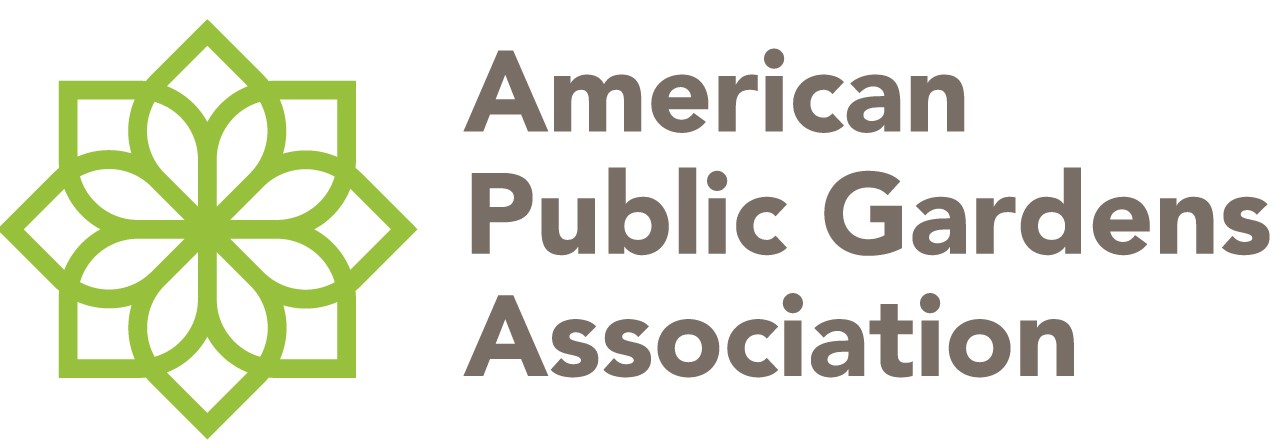It is now almost three years since world leaders agreed to chart a course towards a better, more prosperous future for the planet and all its people. The 2030 Agenda for Sustainable Development, with its 17 Sustainable Development Goals (SDGs), has become the central framework for guiding development policies in countries throughout the world.
Given the ambition of the SDGs, transformation is needed if we are to end poverty and hunger, achieve inclusive growth, narrow inequalities, respond to climate change and sustainably manage our natural resources.
The 17 SDGs are comprised of 169 targets with 230 indicators identified to help measure progress. While this number may at first glance appear daunting, the Agenda is purposely fashioned in an integrated way, with goals ‘interlinked and indivisible’. The key to unlocking the door of progress will be understanding the golden threads that tie multiple goals and targets together.
The 2018 edition of The State of the World’s Forests aims to do just that, presenting new information to help recognize these interlinkages and enhance our understanding of how policies on forests and trees go beyond SDG15, Life on Land, to contribute to achieving many other goals and targets of the 2030 Agenda.
The State of the World’s Forests 2018 provides detailed analysis aimed at capturing the contribution of forests and trees to 28 targets relating to ten SDGs. Through thematic metrics bringing together available evidence from a wide range of sources, a clearer picture is emerging of the full impact that forests and trees have on many other crucial areas of development.




